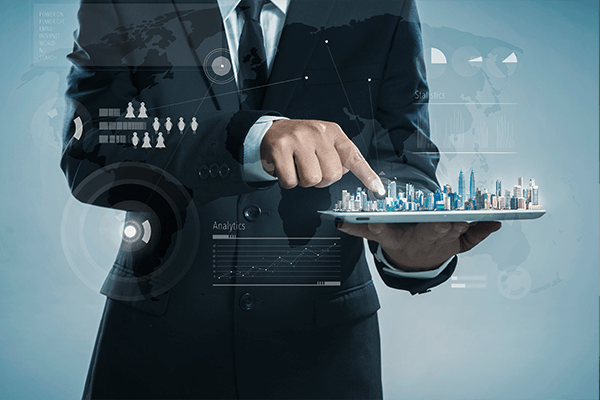

Background
status quo
IoT has become a trend, but much production is still stuck in the industrialized, semi-manual era
Insufficient standardization of management and lack of centralized management and scheduling
Lack of security measures, production data scattered all over the place
Current problems
The data are scattered in various sites, relying on manual inspection and statistical data, with poor real-time performance
Higher costs due to increased intensity of back-end operations and maintenance
Lack of coordination of resources and synergies between sites
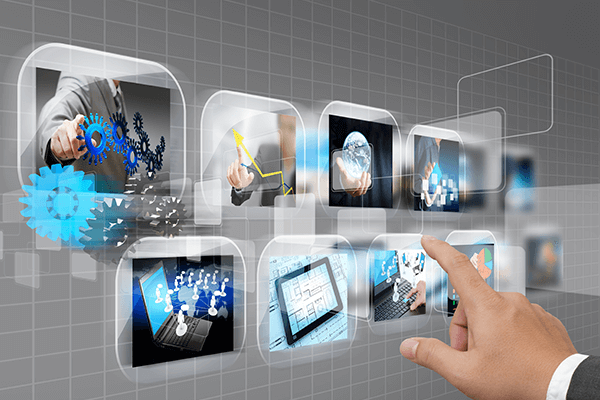

Overview
1.Leverage internet, cloud computing, big data technology, and remote monitoring technology of the Internet of Things to construct a unified IoT software management platform.
2.Various site devices are networked using protocols such as Modbus and LoRa. The data is then centralized through a gateway and sent to the cloud platform via DTU (using GPRS, 3G, or 4G). The platform can also adapt to communication protocols like MQTT, Socket, or CoAP for unified storage, presentation, and analysis.
3.The design principles of the solution follow the principles of distribution, modularity, security, stability, reliability, scalability, flexibility, and user-friendly interfaces. They aim to achieve optimal performance in big data processing and response time, ensuring a perfect user experience.
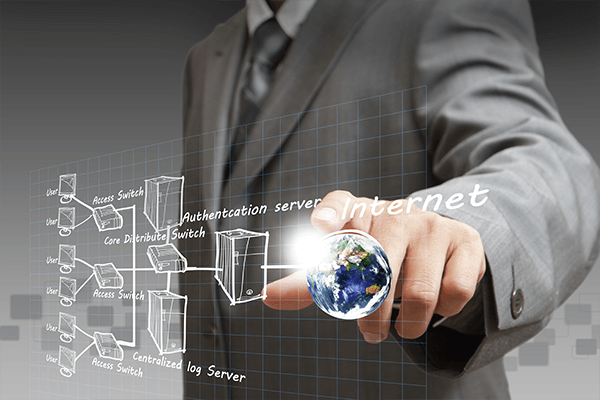

Features
1.System: Stability, security, scalability, user-friendly human-machine interface
2.Technology: multi-protocol adaptation, stable application software architecture, the most advanced and mature technology base
3.Service support: 7 * 24 remote support, on-site support, localized office service support, perfect training
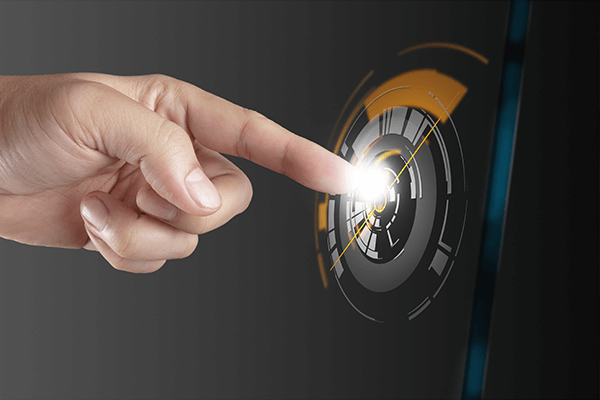

Value
1.Centralized management, centralized scheduling, can monitor, query and analyze the operation of all its site equipment.
2.Comprehensive monitoring, efficient operation, standardized management, and data support for decision-making.
